Whenever you create a table in Excel, it is automatically named with a numerical value (Table1, Table2, etc) I have found that it's really helpful to rename the tables with a prefix and a short description of what the table holds Personally, I use the prefix "tbl" but it could be any prefix that makes sense to you How to use table name in excel formulaHow To Use An Excel Table Name In Data Validation Lists And Conditional Formatting Formulas Getting Rid Of Numbered Columns Microsoft Excel How To Use Structured Formula References In Excel Tables Youtube Excel Formula Get Column Name From Index In Table Exceljet Change The Color Of The Table In Excel Excel Options Formulas How to insert table name into formula by use cell name (A1/B2) How to insert table name into formula by use call name?

What Is The Difference Between A Table And A Range In Excel
Excel pivot table name in formula
Excel pivot table name in formula-1 Formulas In Excel, a formula is an expression that operates on values in a range of cells or a cell For example, =A1A3, which finds the sum of the range of values from cell A1 to cell A3 2 Functions Functions are predefined formulas in Excel They eliminate laborious manual entry of formulas while giving them humanfriendly names101 Most Popular Excel Formulas EBook




Using Table Nomenclature In Excel Referring To Tables In Vba
To make the table name reference dynamic, you will need to replace the static "Affiliate" table name with the INDIRECT function =VLOOKUP (D4, INDIRECT (D2),2,0) To polish up the formula a bit, I recommend adding an error handler inYou should explore Excel Tables and their benefits Well there will be times when you would like to see all available named ranges in the workbook To see all name ranges Press CTRLF3 Or you can go to Formula Tab > Name Manager This will list all named ranges that are available on the workbook You can Edit available named ranges, deleteAfter you have created a pivot table, you may want to create formulas that will reference one or more cells within that pivot table
When you create an Excel table, Excel creates a default table name (Table1, Table2, and so on), but you can change the table name to make it more meaningful Select any cell in the table to show the Table Tools > Design tab on the ribbon Type theMS Excel Name Range with FormulasWatch More Videos at https//wwwtutorialspointcom/videotutorials/indexhtmLecture By Mr Pavan Lalwani Tutorials Point Im trying to get this formula to work It calculates the total hours from start time to end time and converts it to numbers instead of time When Forums New posts Search forums What's new New posts New Excel articles Latest activity New posts Excel Articles Latest reviews Search Excel articles MrExcel Publishing MrExcel Homepage MrExcel Bookstore MrExcel Seminars Excel
To insert an Excel name reference in a formula, perform the following steps Select the destination cell, enter the equal sign (=) and start typing your formula or calculation When it comes to the part where you need to insert an Excel name reference, do one of the following If you are referring to a workbooklevel name from another workbook, switch to that workbook If the name The image above shows a dropdown list populated with Excel Table header values, this formula allows you to use Excel table headers as values in a dropdown list =INDIRECT ("Table1 #Headers") You can also create a named range and reference the headers there Go to tab "Formulas" on the ribbonAfter installing Kutools for Excel, please do as follows 1Activate the worksheet that you want to get its name 2Click Kutools Plus > Workbook > Insert Workbook Information, see screenshot 3In the Insert Workbook Information dialog box, select Worksheet name from the Information pane, and specify the location where you want to insert the sheet name, you can select a range of cells, the




Guidance On The Indicator Tracking Table Millennium Challenge Corporation




Creating A Formula Using Formula Autocomplete Working With Formulas And Functions In Excel 13 Informit
Get column index in Excel Table with MATCH function MATCH function returns the relative position of the cell G3 (Column name) in the Table 1 header range Formula result is number 1 since "Store" is the first column in Table 1 Reference of the lookup_array for the Excel Table is different from the regular cell ranges This array refers to the header of Table 1 We can add In this notation, you start with the table name Excel will automatically correct this if you should forget the table name Just open a square bracket and use the @ sign for the row reference (context) After that, indicate the column name followed by a colon (), and enter the column name in the formula again Count Names in Excel (Table of Contents) Overview of Count Names in Excel COUNT is an inbuilt function in MS Excel which will count the number of cells that contain the numbers in the cell It comes under the statistical function category, and it is used to return an integer as output There are many ways to count the cells in the given range with several user's




Extract Data With Multiple Dropdown Index Match Excelnumber




Ranking Functions In Excel Real Statistics Using Excel
That means the table range in the formula has to be an absolute reference A good way to do that is to define a name for the table range Defining a Range Name in Excel Before entering the formula, go to the source data worksheet Select all the cells from (header for the Order # column) down through H3 A quick way of doing it is to click , then press CtrlShift In this article, I have shown you how you can reference PivotTable Cell Data in Excel formulas using GETPIVOTDATA function If you feel uneasy with the auto implementation of GETPIVOTDATA function in the Excel formulas, you can stop it!On the Formulas tab, in the Define Names group, click the Define Name button In the New Name dialog box, specify three things In the Name box, type the range name In the Scope dropdown, set the name scope (Workbook by default)




Real Excel Power Users Know These 11 Tricks Pcworld




Basic Terms And Terminology For Microsoft Excel Turbofuture
Name range in excel are the ranges which have been given a name for the future reference, to make a range as named range first select the range of data and then insert a table to the range, then we put a name to the range from the name box in the lefthand side of the window, after this we can refer to the range by its name in any formula I have Excel 10, but this may work in 07 Click in your table, select Design under Table Tools on the ribbon, and then uncheck "Header Row" That should allow you to enter a formula in the cell above your table data This method can be used when you are willing to sacrifice the "Sort" ability of Header Row after you protect the sheet You can construct a named range reference with the INDIRECT function so you can have an input cell with the name of the table you want to work off of, and then feed that into an INDIRECT as input to the rest of the formula Click the *
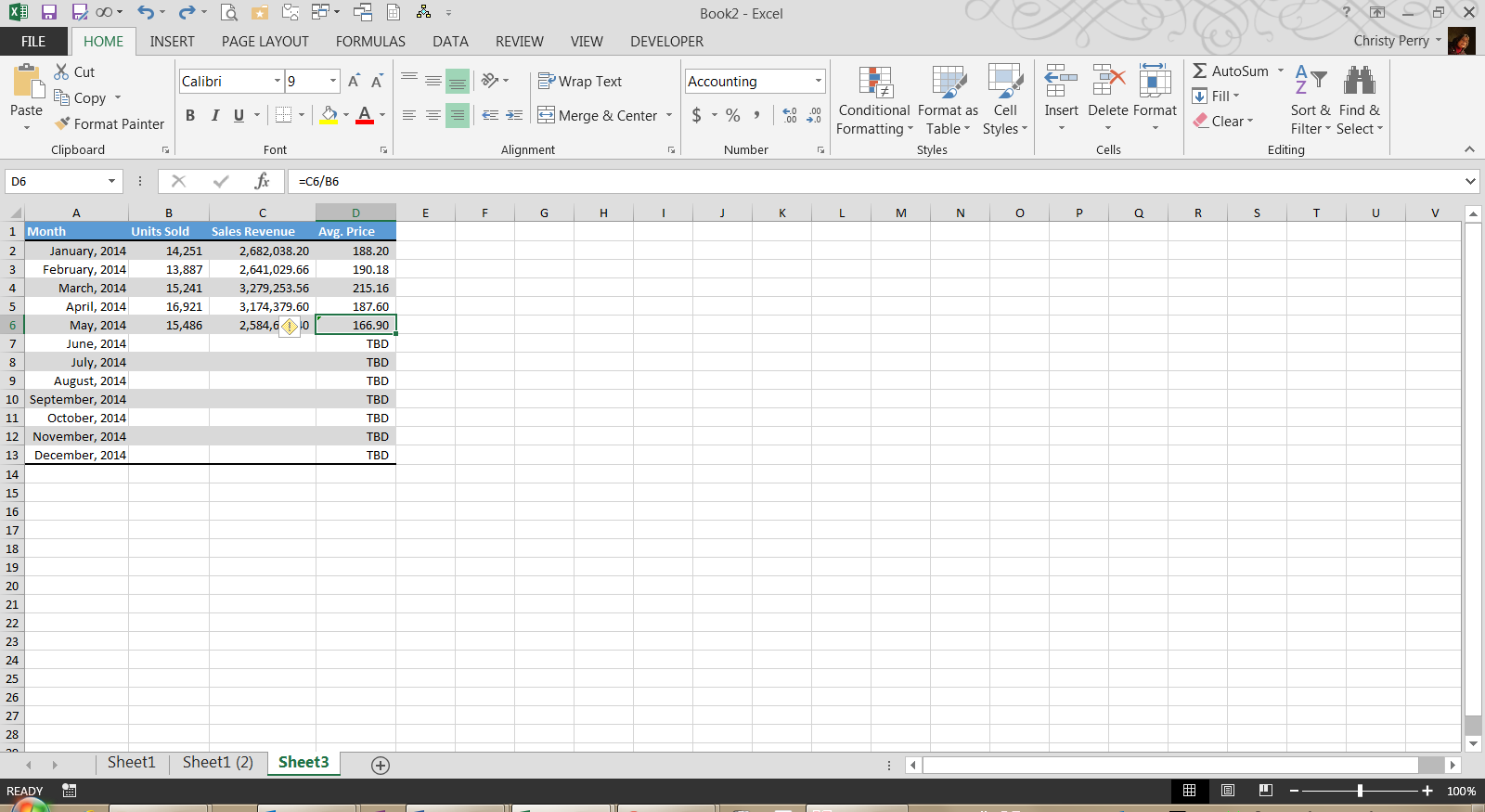



Copy Excel Formulas Down To Fill A Column Pryor Learning Solutions




Unit 2 Formula And Functions Information Systems
Coming back the the Excel Table, you can aggregate over the entire table (or a portion of it) the values by using the SUBTOTAL formula and providing it with the reference to a particular row, column or the entire table Just as in the example above, you can get the average of the 'Revenue' column by using =SUBTOTAL (1, sales Revenue) Then the table name without the "tbl" prefix Then the column name The big advantage to me to using this convention is that it's easier to type the named range in the Data Validation box There's no intellisense in the Data Validation box, so you have to remember the named range exactly Also, when you're entering a formula in the formula bar, it's nice to type How to Turn Off Table Formulas in Excel Options This can be done in the Excel Options Window Here are the instructions to turn Structured References (Table Formulas) Off Click File > Options in Excel Click the Formulas option on the left side menu In the Working with Formulas section, uncheck the box that says "Use table names in formulas" Press OK When



1




Excel Tables Absolute Column And Cell References Youtube
Using the SUM and INDIRECT function We will sum the sales of the different cities using the formula above We will insert this formula into Cell C11 Figure 4 Using the SUM function for Dynamic Reference of Table Name We will press enter to get the total sales We will use the dropdown to get the total sales for California and Vegas Another great way to find a table (and its name) is to go into the Name ManagerYou can get to the name manager by navigating to the Formulas tab and clicking the Name Manager button inside the Defined Names group By using the Filter menu in the righthand corner of the Name Manager, you can narrow down your name list to just the Tables within the WorkbookSelect a cell and enter a formula Place the cursor where you want to use the name in that formula Type the first letter of the name, and select the name from the list that appears Or, select Formulas > Use in Formula and select the name you want to use




Highline Excel 13 Class Video 08 Excel Table Formula Nomenclature Structured References 22 Ex Youtube




Create A Unique List In Excel Based On Criteria Spreadsheets Made Easy
Learn the BEST Microsoft Excel Tips & Tricks EVER, ranging from Formatting, Layout, Formulas, Tables, Pivot Tables, Working with Data plus Many More!To build a formula with a dynamic reference to an Excel Table name, you can use the INDIRECT function with concatenation as needed In the example shown, the formula in L5 is = SUM(INDIRECT(K5 & " Amount")) Which returns the SUM of Amounts for three tables named "West", "Central", and "East" Portland Runner Posted this CODE to get table name Function GetTableName (shtName As String) As String GetTableName = Worksheets (shtName)ListObjects (1)Name End Function In that Function I enter My Defined Name formula named "SheetName" =MID (CELL ("filename"),FIND ("",CELL ("filename"))1,100)




How To Make Use Tables In Microsoft Excel Like A Pro




Excel Insert A Data Table Into An Excel Template
Step 1 Select a cell in the pivot table Go to Analyze tab in the ribbon and select Fields, Items, & Sets Under this, select Calculated Field Step 2 In the below dialog box, give a name to your new calculated field Step 3 In the Formula section, apply the formula to In Excel, you can create names that refer to cells, or to a constant value, or a formula After you create Excel names, you can use them in formulas, or quickly go to a named range There are rules for Excel Names, and here's what Microsoft says is allowed It seems clear, but a few of the rules aren't as ironclad as they look The first character of a name must be one of theSummary formulas like SUMIF (), COUNTIF (), MAX (), MIN (), and AVERAGE () can be designed to reference the entire table or specific columns, and then automatically change to update their ranges when the tables grow or shrink!




How To Use Transpose Formula In Excel 1 Click Solution Microsoft Excel Excel Tutorials Excel Shortcuts



1
1 Enter formula =ROW (T into the Formula Bar, then all table names are listed in the list box as below screenshot shown Note Table names which have been modified won't be listed out with this method List all table names with VBA codeA named range in Excel is nothing more than a cell or range of cells that has been given a friendly, descriptive name Naming your ranges allows you use easily recognizable names in your formulas instead of cell addresses For instance, say that you have lineitem sales in cells A15 and you have a percentTo define a name to a range you can use shortcut CTRL F3 Or you can follow these steps Go to Formula Tab Locate the Defined Names section, and click Define Names




Create An Excel Data Table To Compare Multiple Results Techrepublic




Name An Embedded Chart In Excel Instructions And Video Lesson
To enter a formula using cell names rather than cell references, follow these steps Assign range names to the individual cells For this example, give the name Hours to cell I3 and the name Rate to cell J3 Place the cell cursor in the cell where the formula is to appear For this example, put the cell cursor in cell K3 The pivot table name is useful in VBA, I don't know a way to reference a pivot name in a formula Besides, formulas like VLOOKUP or SUMIF are problematic for all but the simplest pivots since not all row cells are filled in You can usually have these formulas reference the original data instead of the pivot, but if you do want to extract data from a pivot, you can use the GETPIVOTDATA formulaTo get the name of a column in an Excel Table from its numeric index, you can use the INDEX function with a structured reference In the example shown, the formula in I4 is = INDEX(Table1 #Headers , H5) When the formula is copied down, it returns an name for each column, based on index values in column H
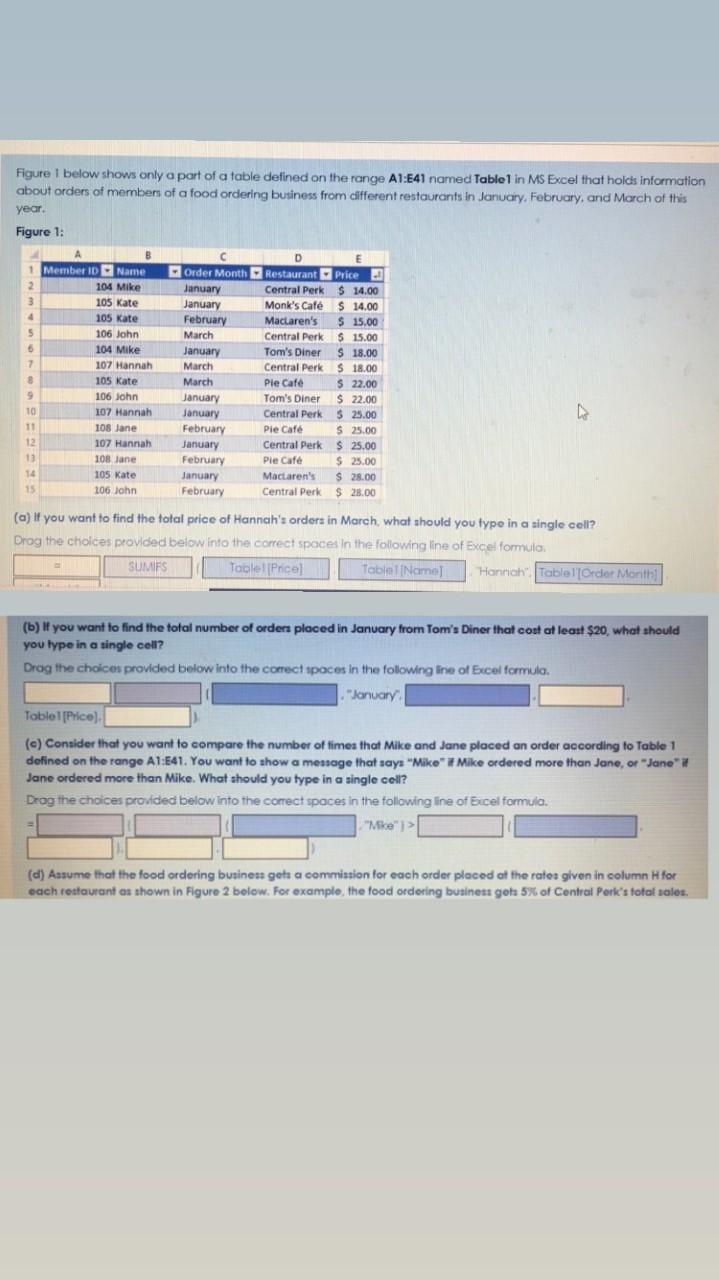



Figure I Below Shows Only A Part Of A Table Defined Chegg Com




Excel Functions In French Easy Excel Com
The table name is typed into respective cell Refer to file attached, first formula work but second formula doesn't work The advantages of an Excel table include all of the following Quick Styles Add color, banded rows, and header styles with just one click to style your data Table Names Give a table a name to make it easier to reference in other formulas Cleaner Formulas Excel Formulas are much easier to read and write when working in tables Auto Expand




Formula Error In Excel How To Fix The Formula Error Excel Formulas Excel Formula Excel Formula
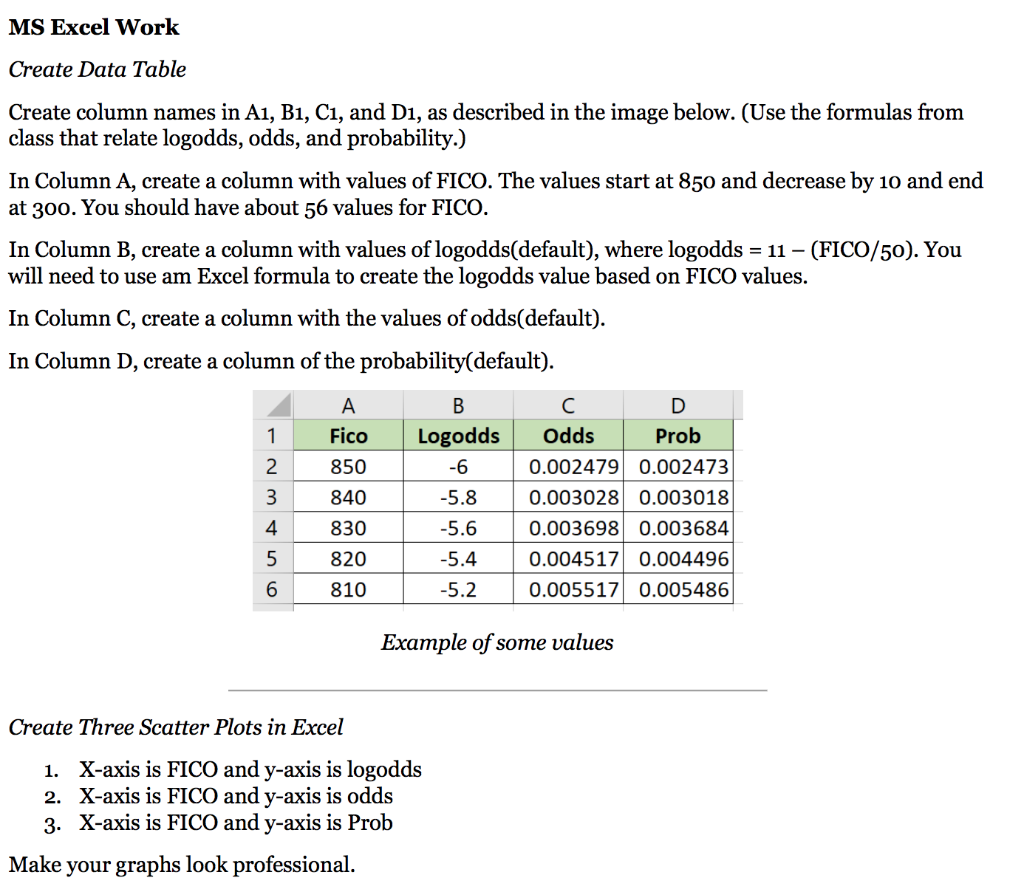



Ms Excel Work Create Data Table Create Column Names Chegg Com




Excel Formula For Overtime And Conditional Overtime Calculation In E Excel Formula Excel Tutorials Learning Centers




Excel Tutorial Anatomy Of An Excel Table



How To Combine Two Columns In Excel Using Formulas




How To Copy And Paste Values Without Formula In Excel




How To Quickly Insert Sheet Names In Cells In Excel




Using Table Nomenclature In Excel Referring To Tables In Vba



Organize Data With Excel Tables Techmd
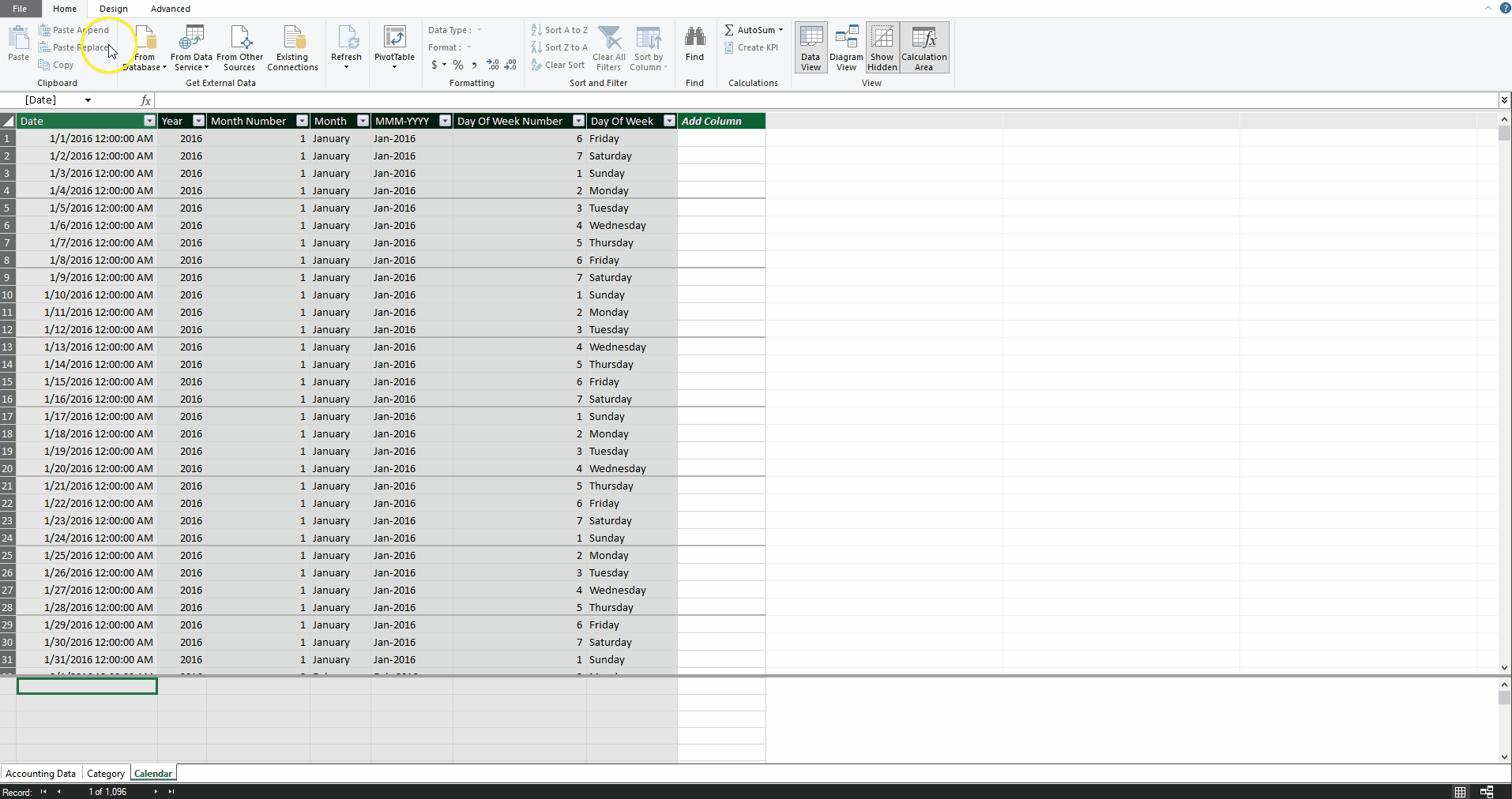



Power Pivot For Excel Tutorial And Top Use Cases Toptal
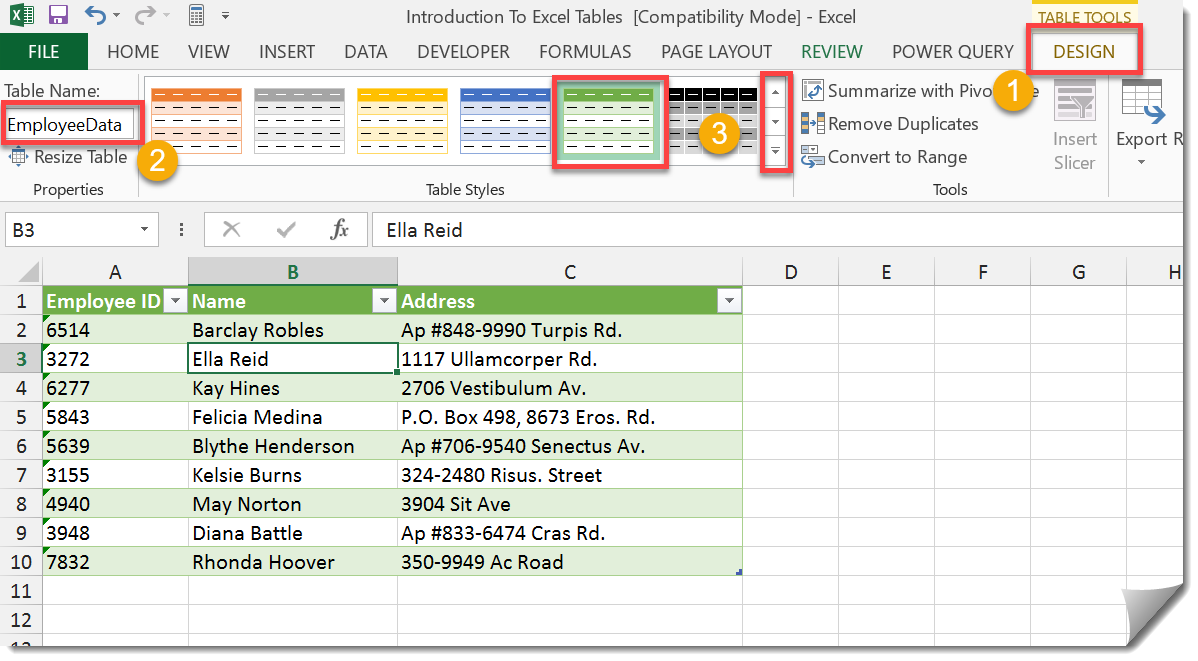



Excel Tables How To Excel




10 Spiffy New Ways To Show Data With Excel Computerworld



1
/excel-multi-cell-array-formula-cb0087940d50495480a4a914599fbb43.jpg)



Excel Multi Cell Array Formula Calculations
:max_bytes(150000):strip_icc()/excel-lookup-formula-R1-5c1b80acc9e77c0001498906.jpg)



How To Create An Excel Lookup Formula With Multiple Criteria



How To Fix The Value Error In Your Excel Formulas




Create An Excel Data Table To Compare Multiple Results Techrepublic




Excel How To Create Simple And Dependent Drop Down Lists Pcworld




Excel Tutorial Introduction To Structured References




Formula Bar Basic Excel Tutorial




Automatically Remove Empty Columns And Rows From A Table In Excel Using Power Query Datachant




Turn Off Excel Table Formulas Structured References Pakaccountants Com
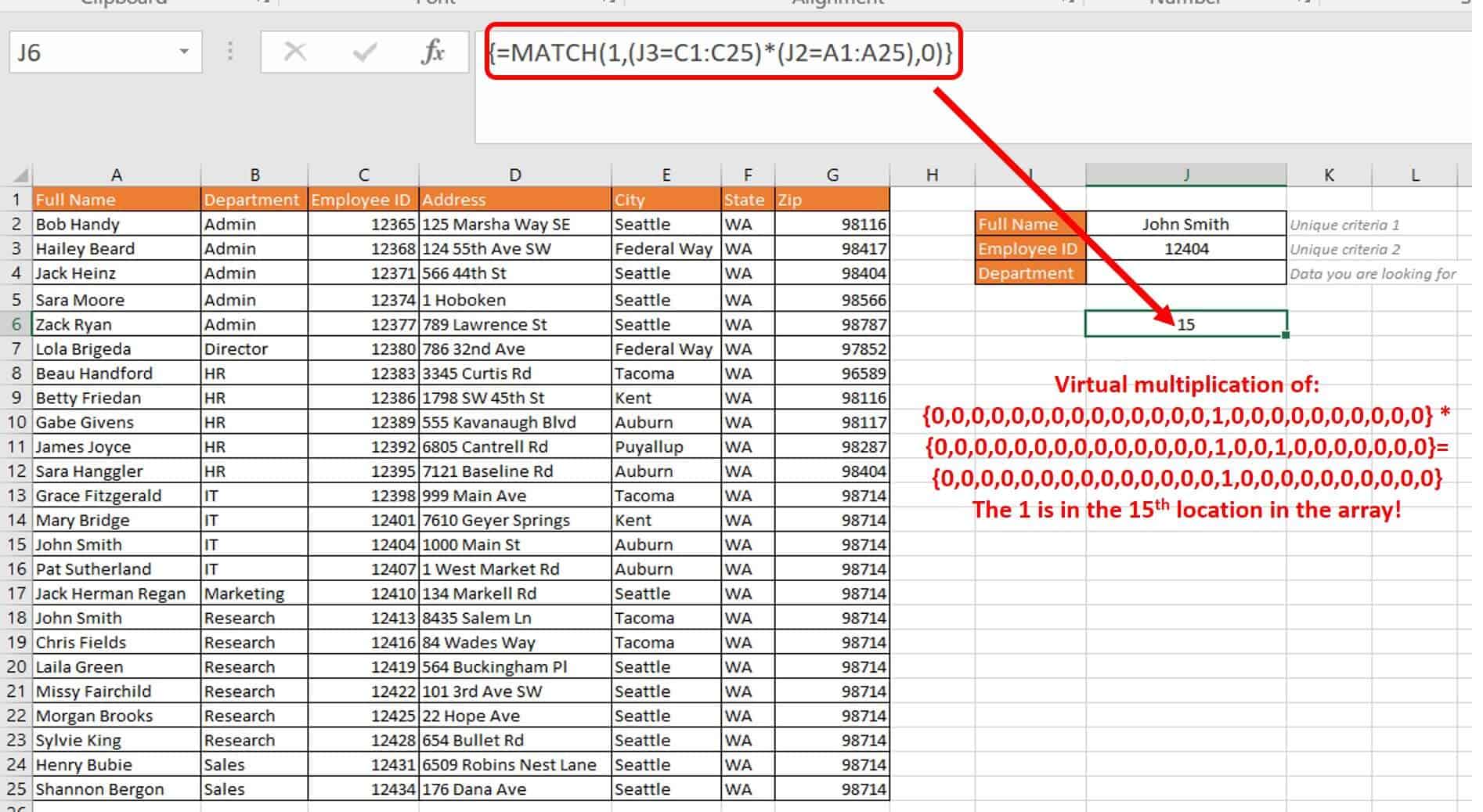



Master Vlookup Multiple Criteria And Advanced Formulas Smartsheet




Excel Tutorial How To Use Index And Match With A Table




What Is The Difference Between A Table And A Range In Excel
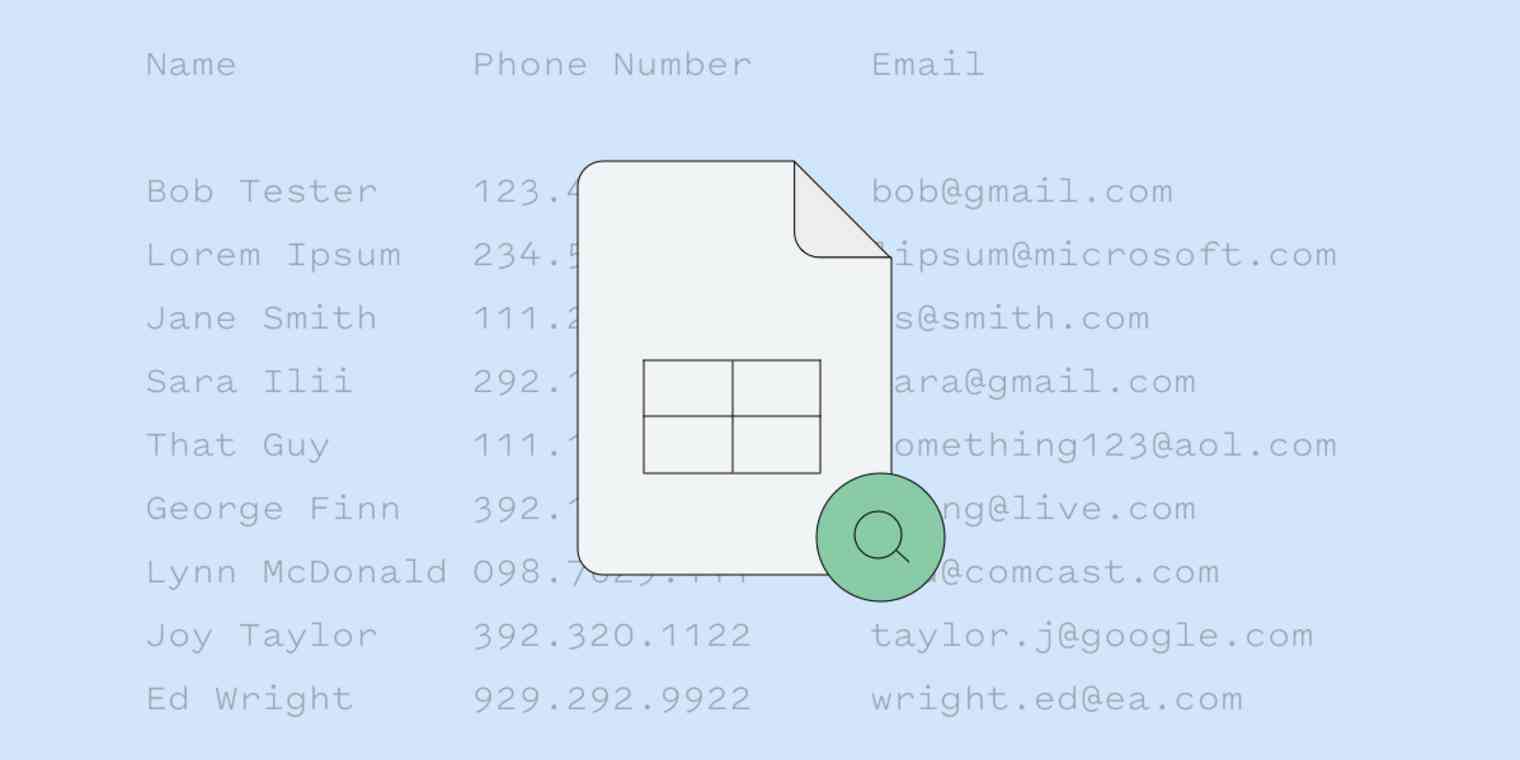



How To Find Records Automatically In Google Sheets Excel And Zapier




Deleting And Reuploading Data Table Without References Having Ref Issues Excel Stack Overflow



3




Organize Data With Excel Tables Techmd
/NameBox-5be366ed46e0fb00519ef15a.jpg)



How To Define And Edit A Named Range In Excel




How To Return The Last Value In An Excel Data Range Techrepublic
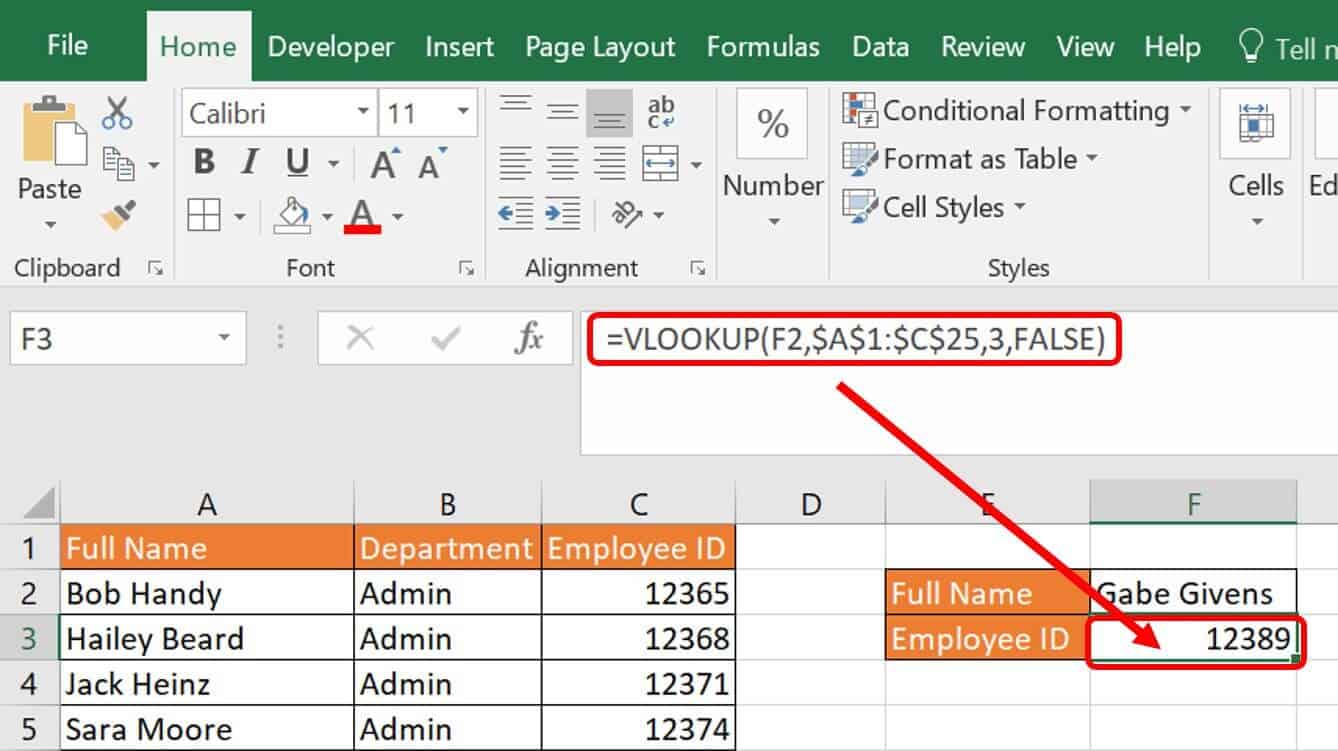



Master Vlookup Multiple Criteria And Advanced Formulas Smartsheet




Excel Magic Trick 1107 Vlookup To Different Sheet Sheet Reference Defined Name Table Formula Youtube




Basic Excel Formulas List Of Important Formulas For Beginners
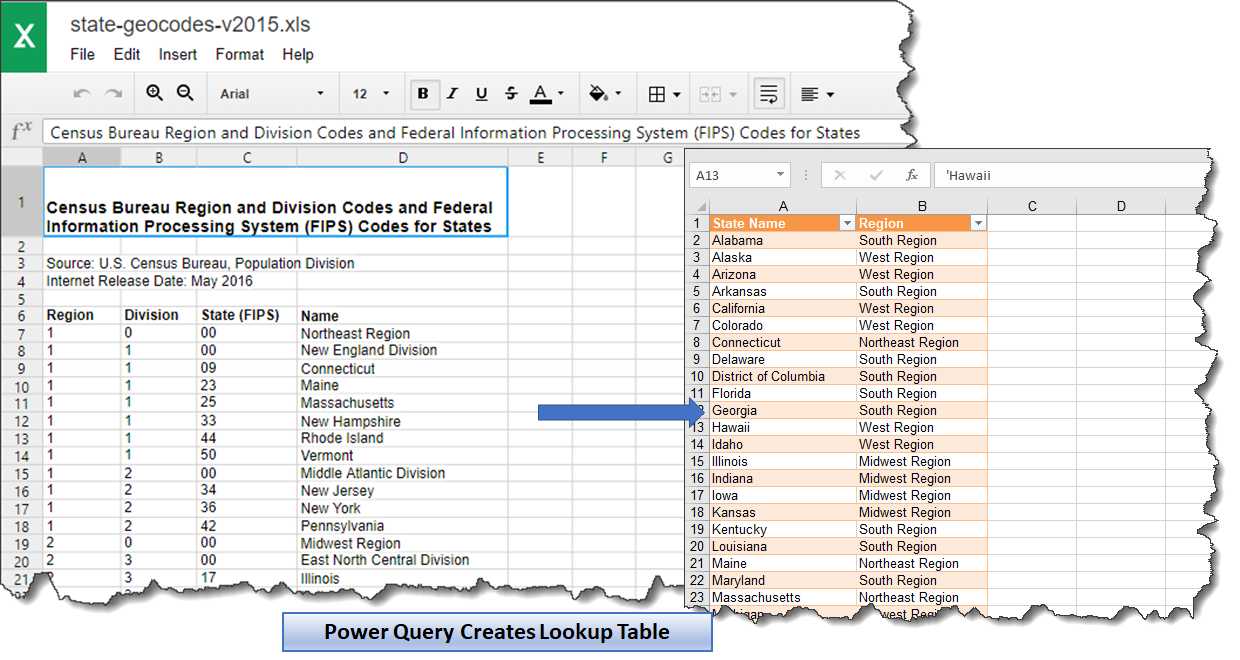



Microsoft Excel Create A State Region Lookup Table In 5 Minutes With Power Query By Don Tomoff Let S Excel Medium




Formula Required Median Result From A Frequency Table With Four Criteria Excel




Basic Excel Formulas List Of Important Formulas For Beginners
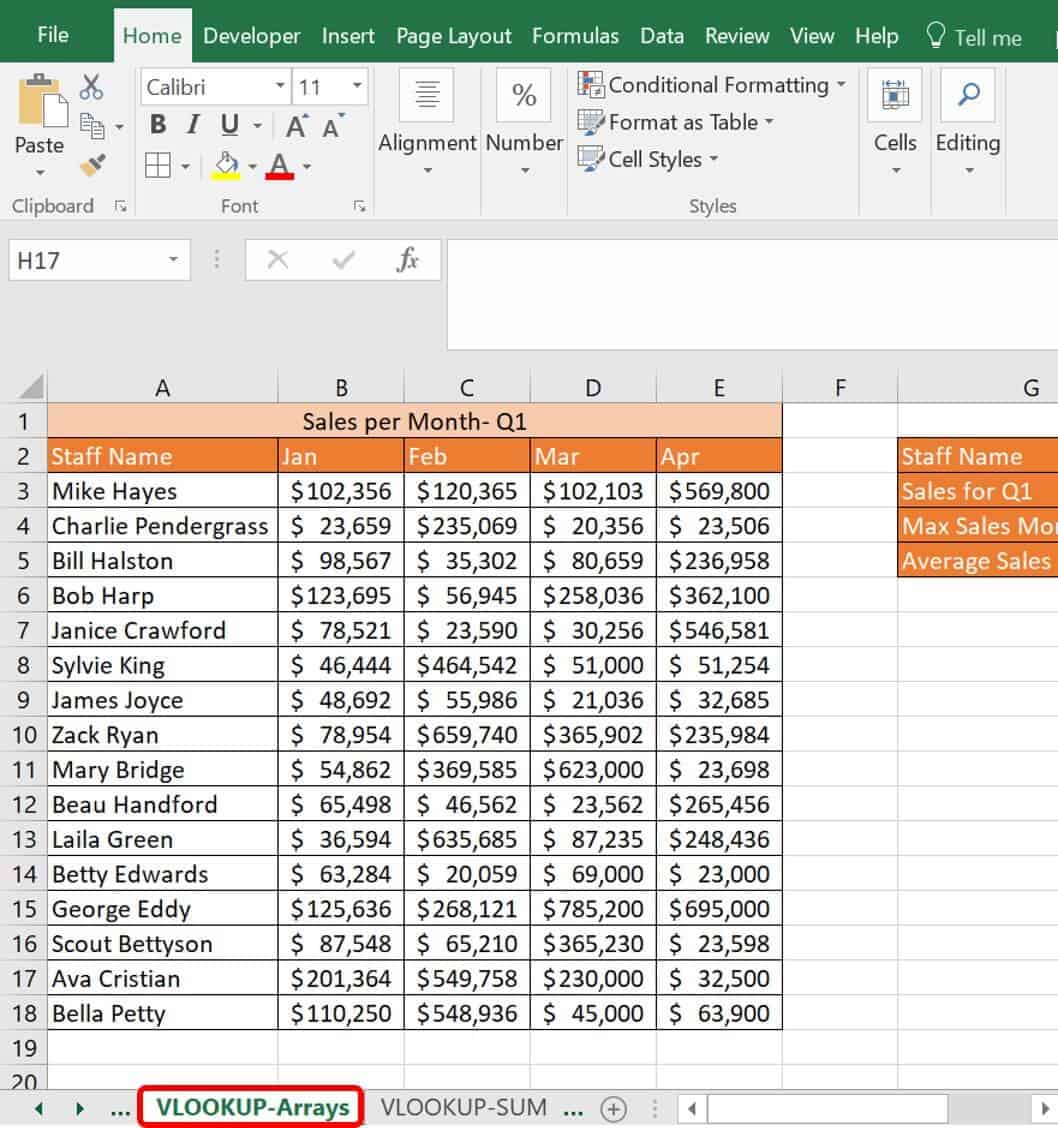



Master Vlookup Multiple Criteria And Advanced Formulas Smartsheet




9 Shortcuts For Working More Efficiently With Excel Expressions Techrepublic




Pivot Table Excel The Tutorial Earn Excel




Create An Excel Data Table To Compare Multiple Results Techrepublic




Excel Absolute References In Structured Reference Table Formulas Youtube




Ms Excel How To Use The Vlookup Function Ws
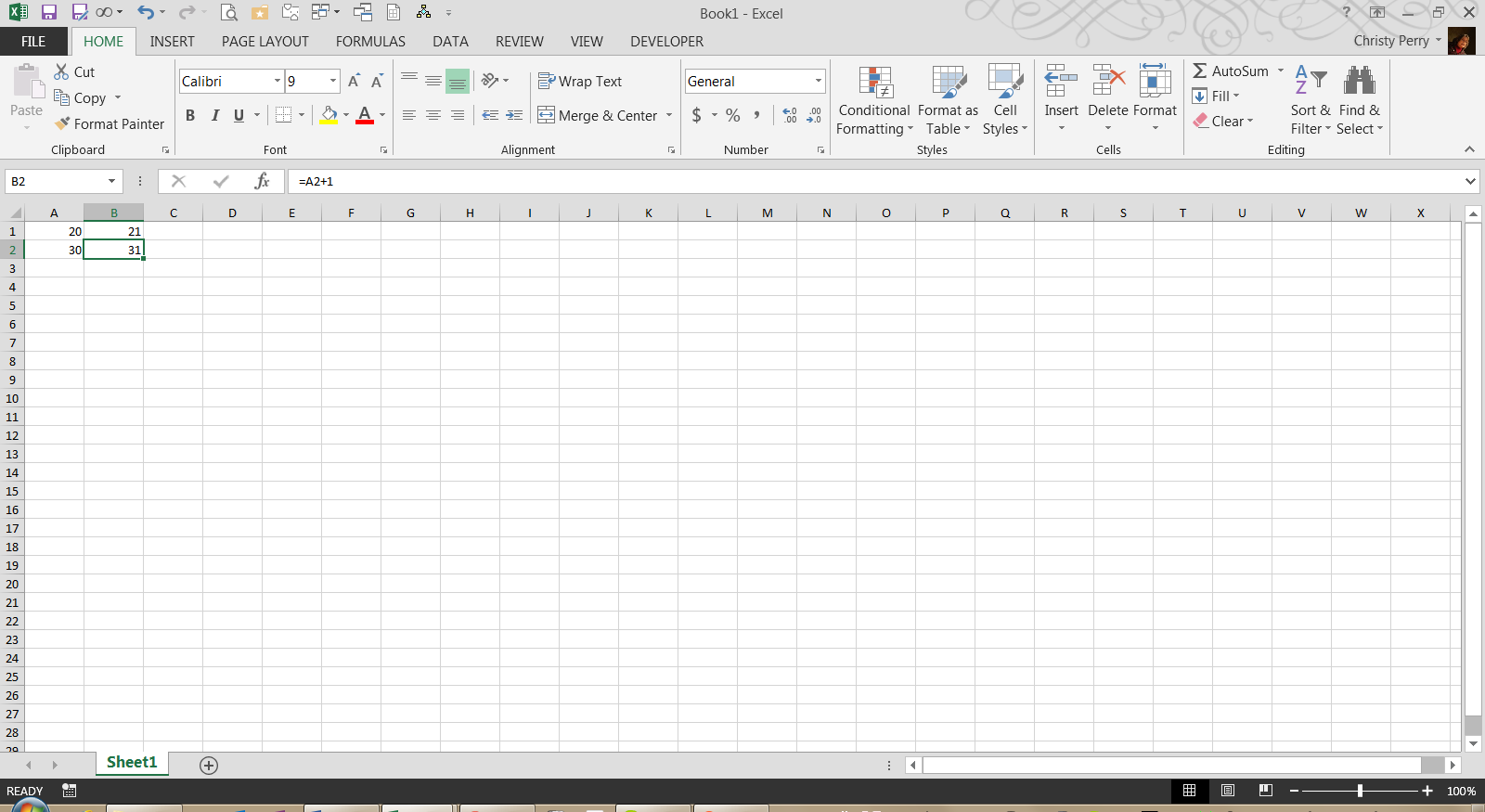



Excel Formula References Why Copying Formulas Sometimes Goes Wrong Pryor Learning Solutions




Rename Columns And Rows In A Worksheet Anaplan Technical Documentation




Excel Tutorial Excel Table Options
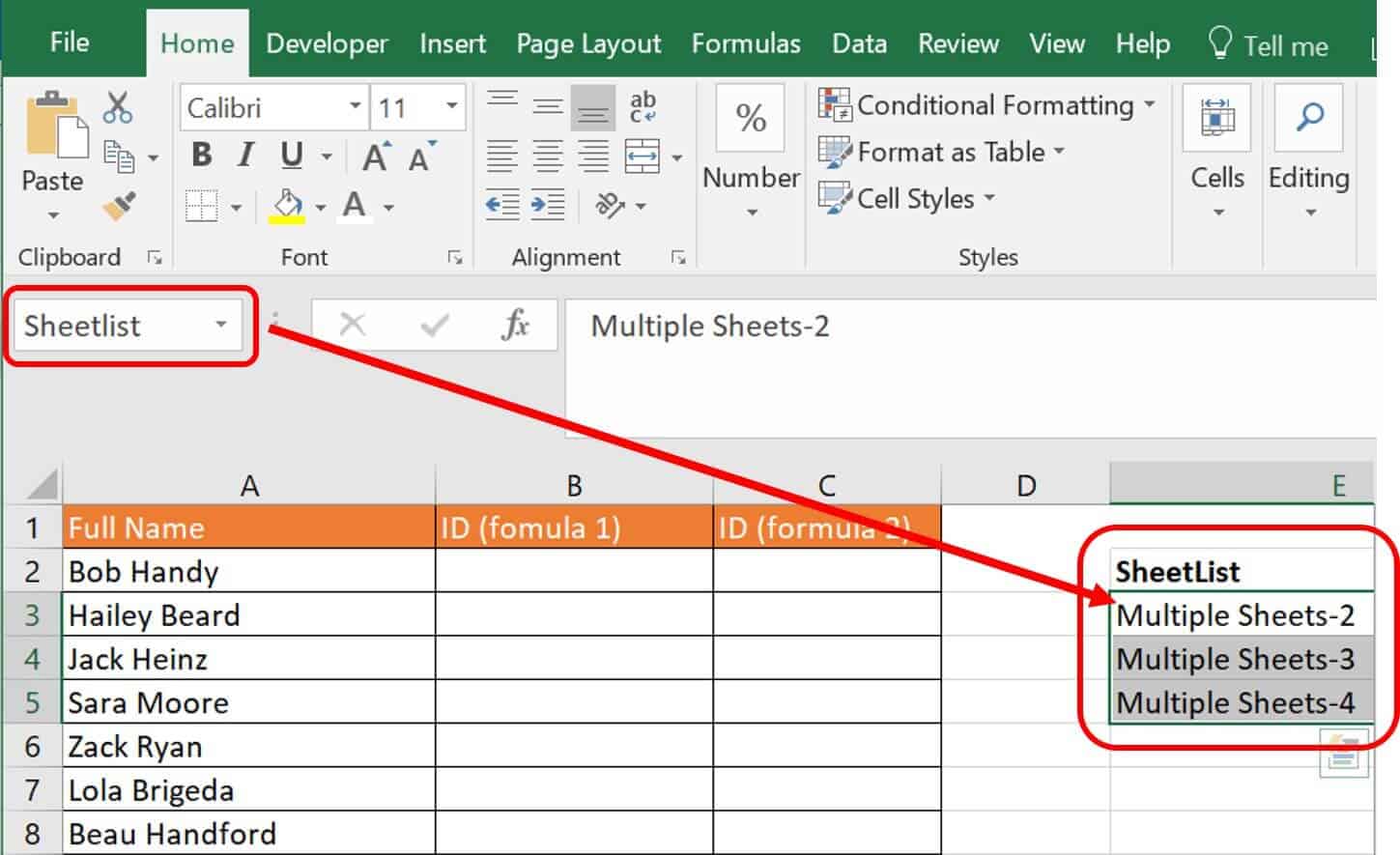



Master Vlookup Multiple Criteria And Advanced Formulas Smartsheet




Tips For Excel Tables
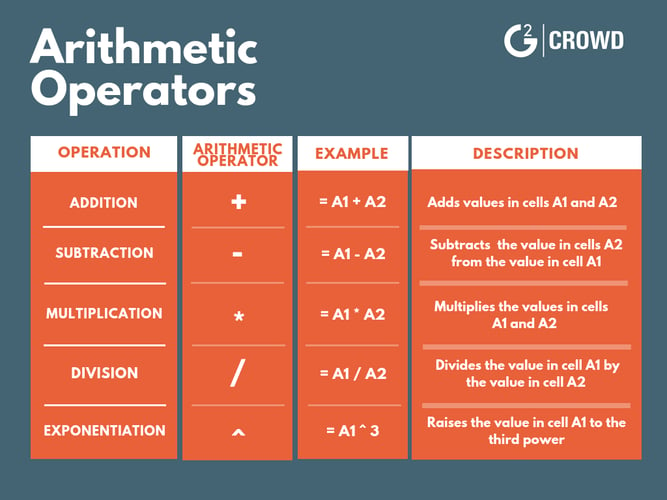



Your Guide To Basic Excel Formulas And Functions




Copy Excel Formulas Down To Fill A Column Pryor Learning Solutions




Everything You Need To Know About Excel Tables How To Excel




Data Tables How To Set Up And Troubleshoot One Of Excel S Most Powerful Tools The Marquee Group




Sum Function In Excel Excel Sum Formula Examples Ionos




How To Count Text In Excel Excelchat




Excel Structured References Customguide




एक स ल म Count फ र म ल स ख Learn How To Use Microsoft Excel Count Formula In Hindi At Our Website A Tutorial Video In Hindi Css Tutorial Excel Learn Html




Turn Off Excel Table Formulas Structured References Pakaccountants Com




Difference Between Powerpivot And Excel Use Auditexcel Co Za




Return Sheet Name Into A Cell Excel Formula Youtube




Shortcuts For Formatting Peoples Names In Your Spreadsheets Depict Data Studio




3 Excel Formula Sum Subtraction Average Networkustad




Tips For Excel Tables




Naming Cells And Ranges Working With Formulas And Functions In Excel 13 Informit




The Best Excel Formulas For Managing Your Product Inventory




Indirect Function In Excel With Sum Max Min Independent Cell Value
/InsertTable-5bea05d5c9e77c0052ef88ef.jpg)



How To Sort Your Related Data In Excel With Tables




5 Easy Steps To Concatenate Data Text Using M In Power Query Excel




Excel Formula List Which Formulas You Must Learn 100 Examples Excel Formula Excel Formula
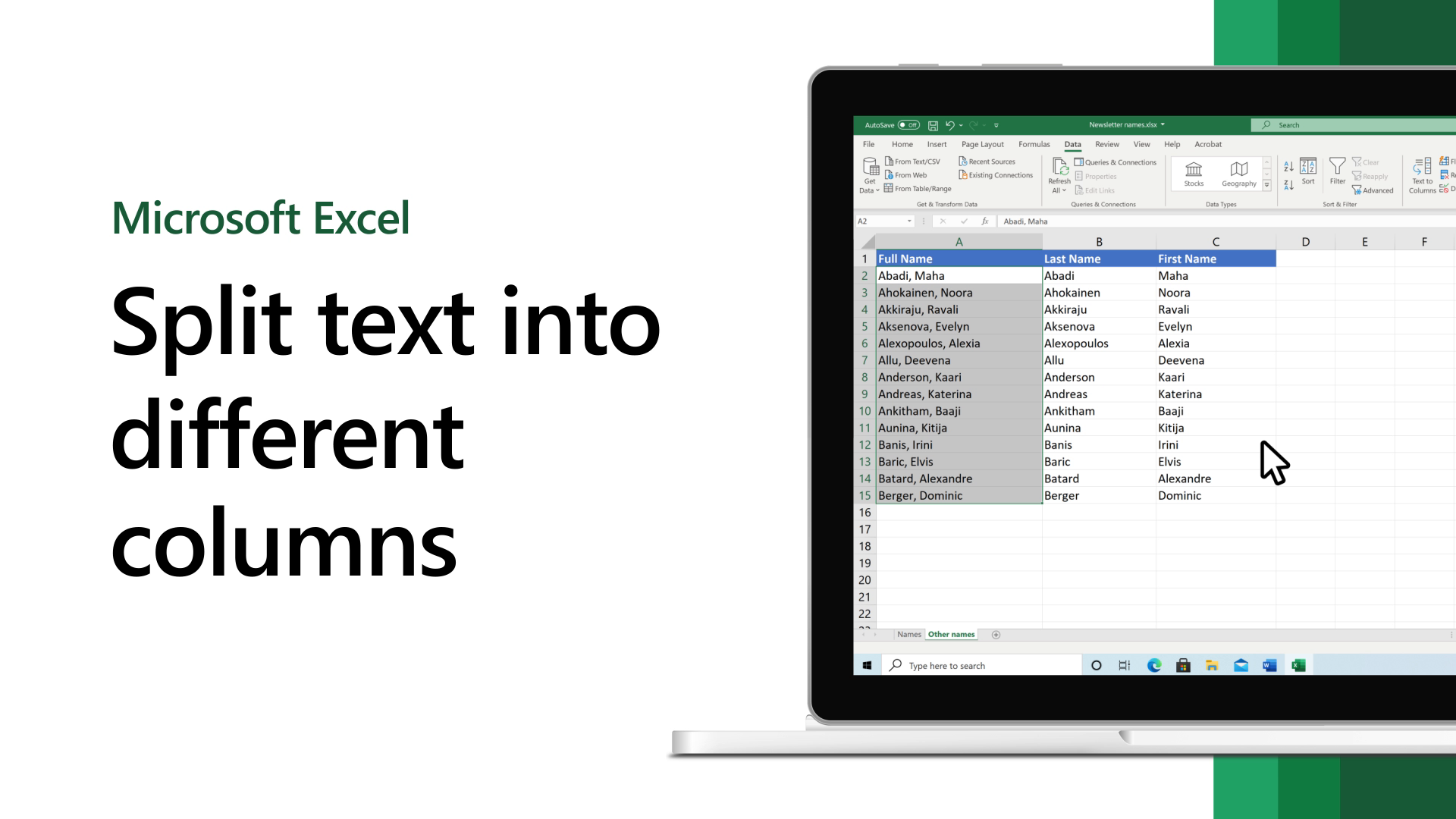



Split Text Into Different Columns With The Convert Text To Columns Wizard Excel
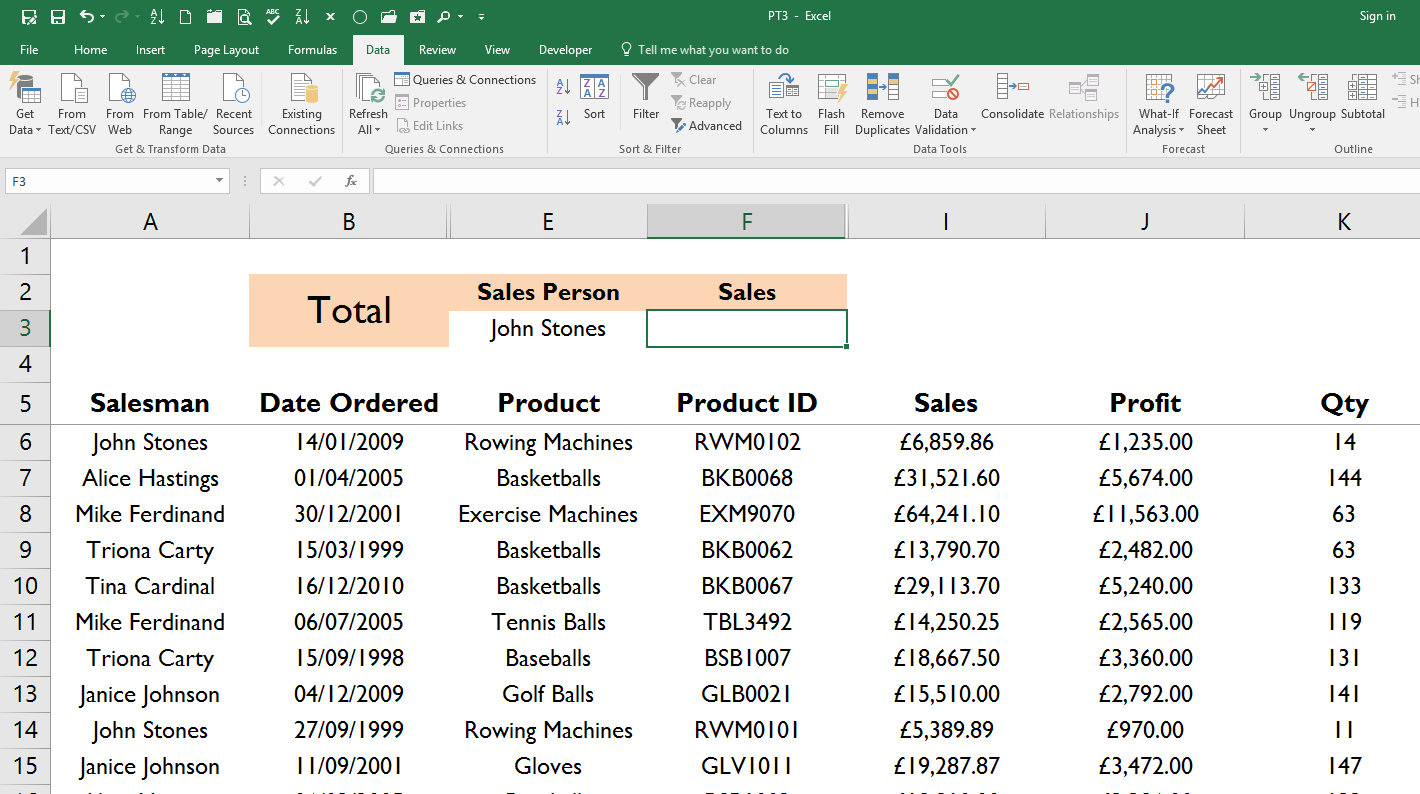



Excel Formulas And Functions Tutorial




Vlookup Examples An Intermediate Guide Smartsheet




The Vba Guide To Listobject Excel Tables Thespreadsheetguru




Unit 2 Formula And Functions Information Systems




How To Use Structured Formula References In Excel Tables Youtube




Basic Excel Formulas List Of Important Formulas For Beginners
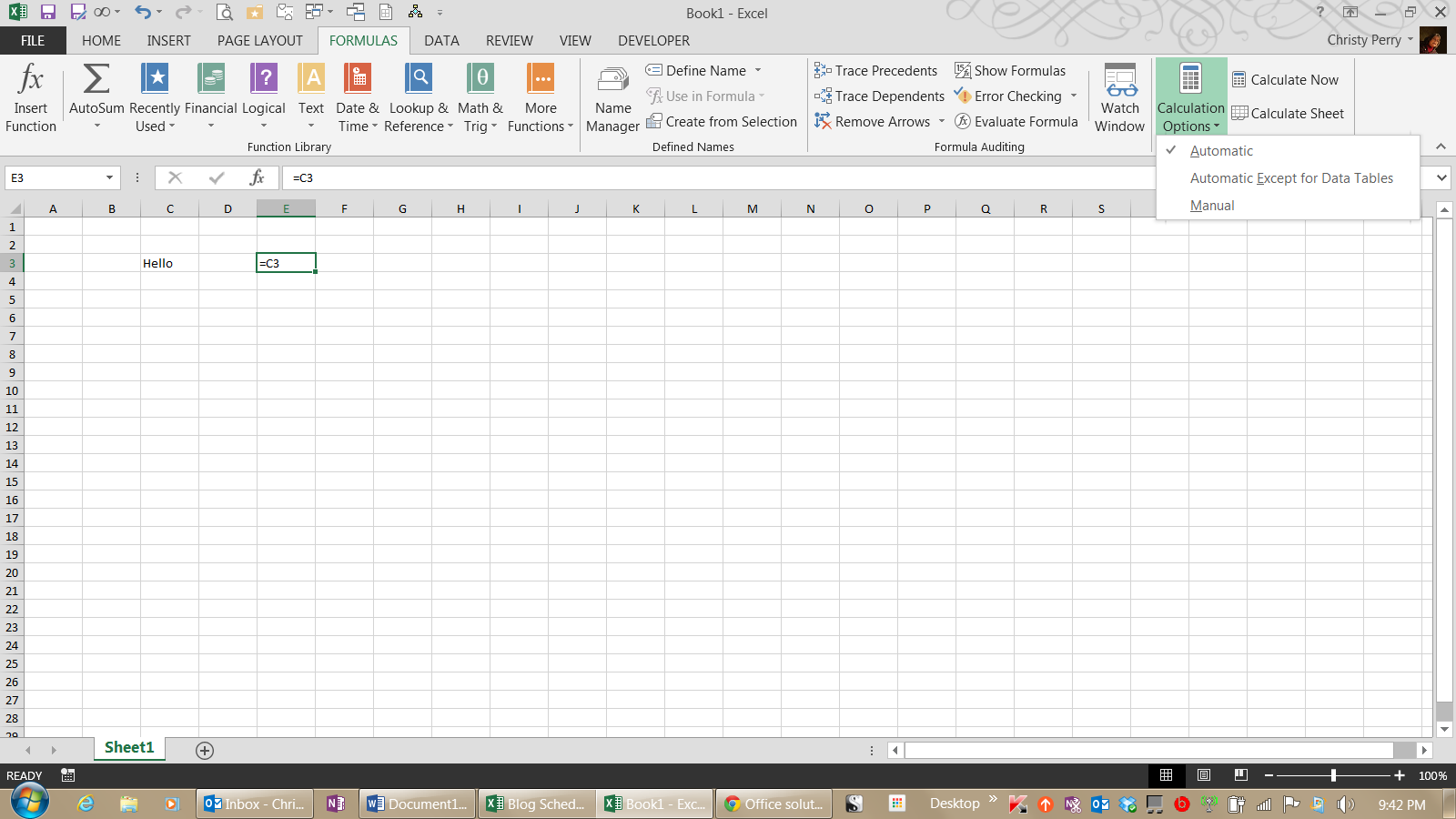



Why Is Your Excel Formula Not Calculating Pryor Learning Solutions




How To Create Lookup Tables In Excel Youtube



How To Combine Two Columns In Excel Using Formulas




How To Lock Cells For Editing And Protect Formulas Excel Campus
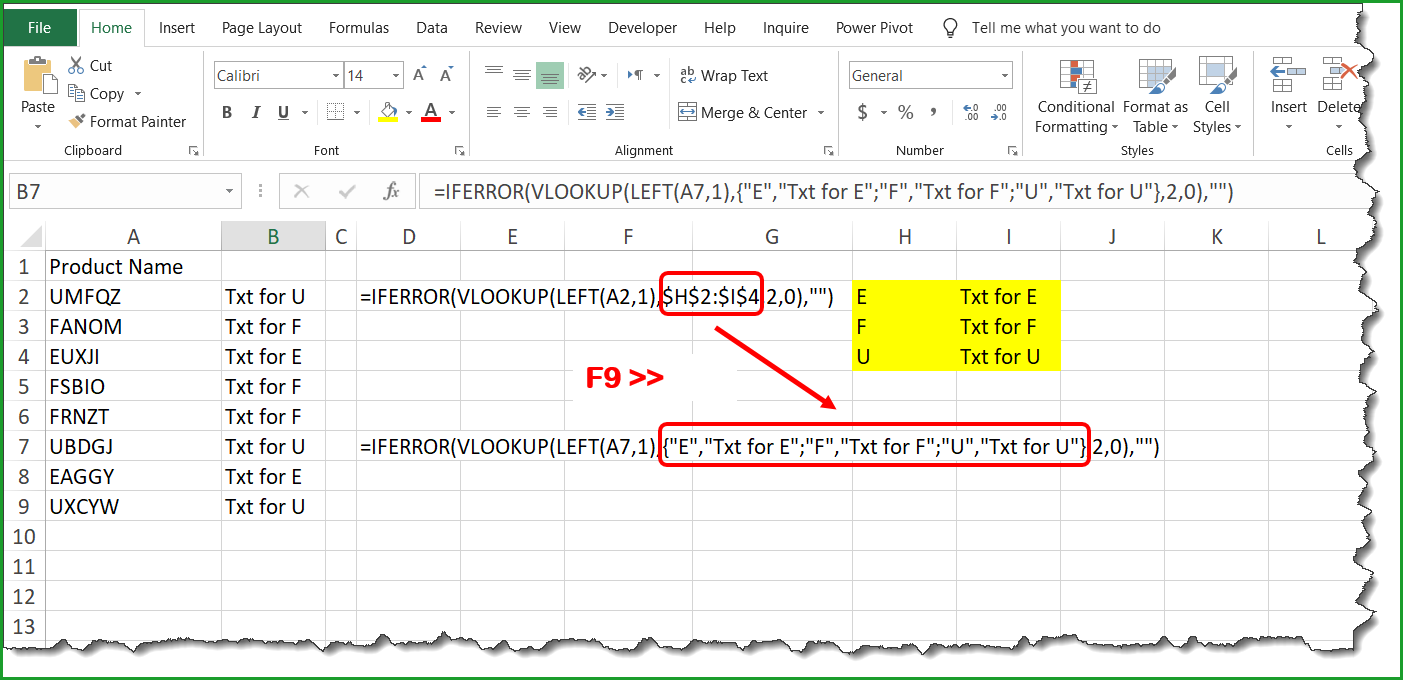



Excel If Cell Contains Specific Letter Using Left Formula Then Return Specific Text Microsoft Tech Community
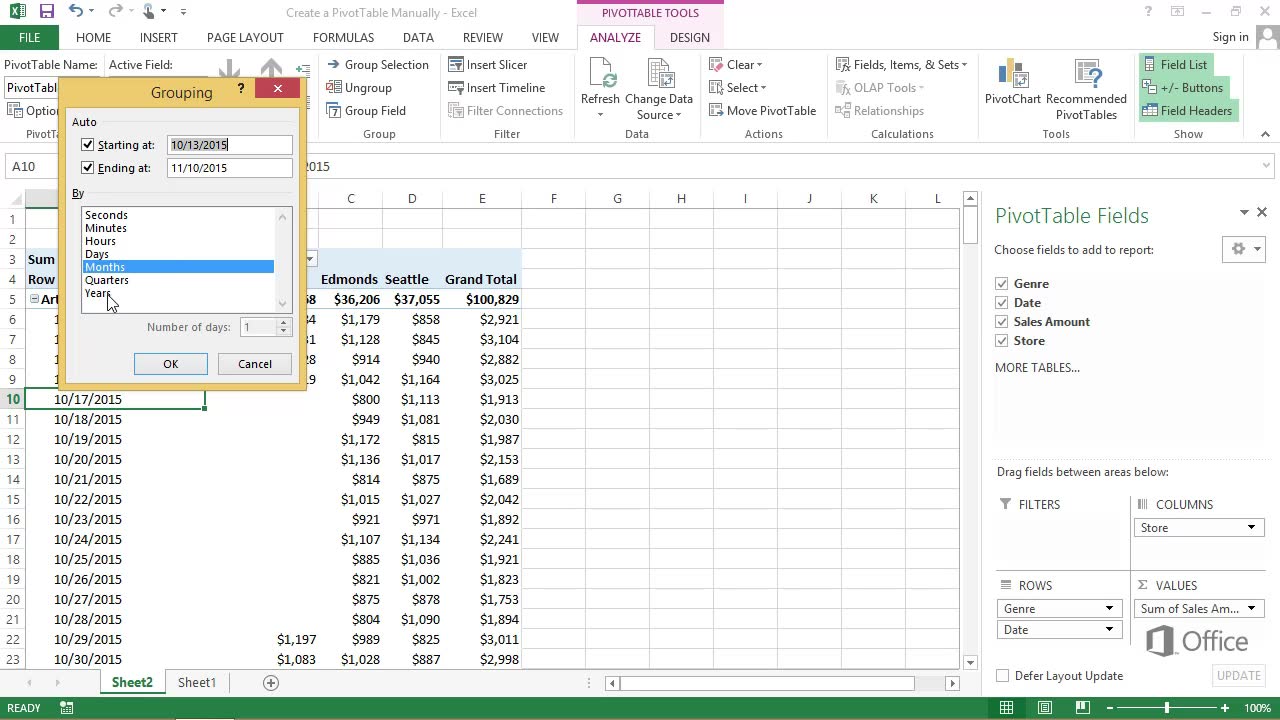



Video Create A Pivottable Manually Excel
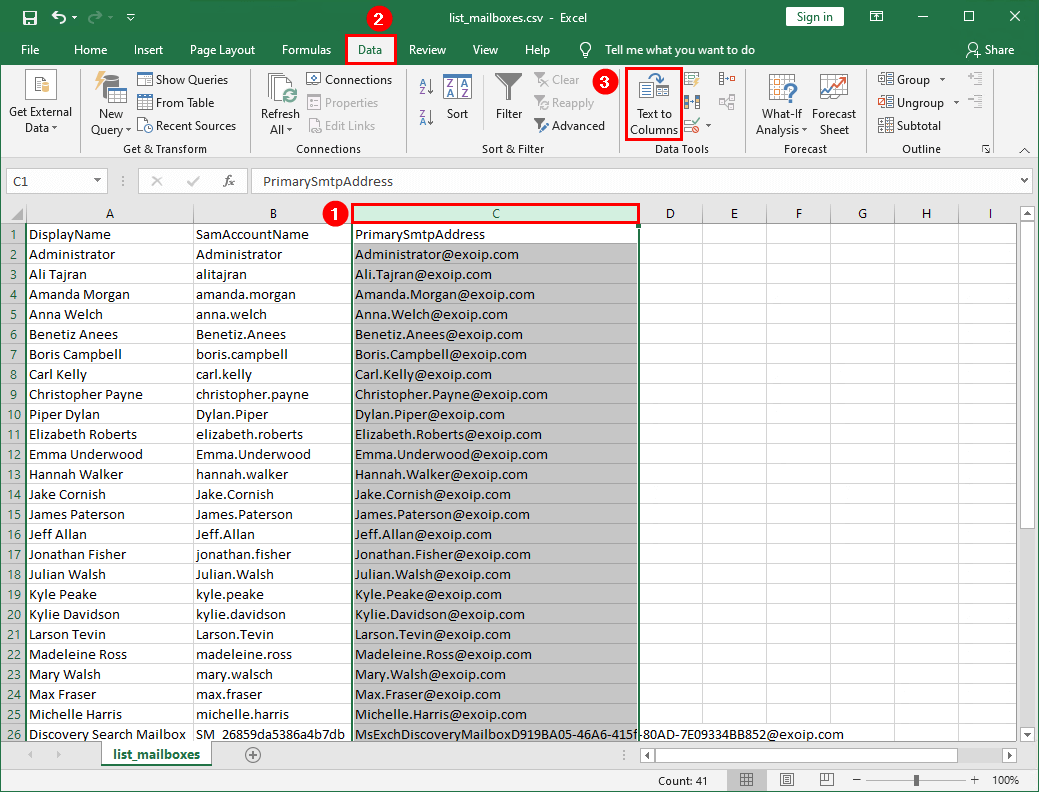



Add Email Address To List Of Names In Excel Ali Tajran
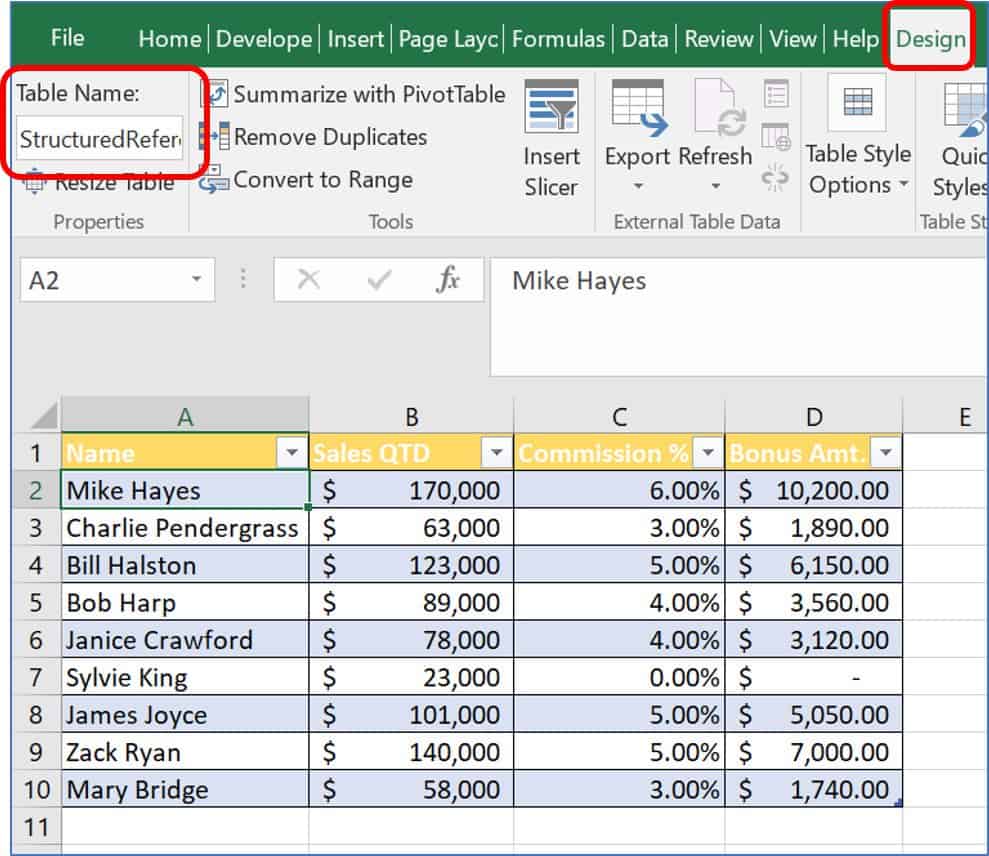



Vlookup Examples An Intermediate Guide Smartsheet
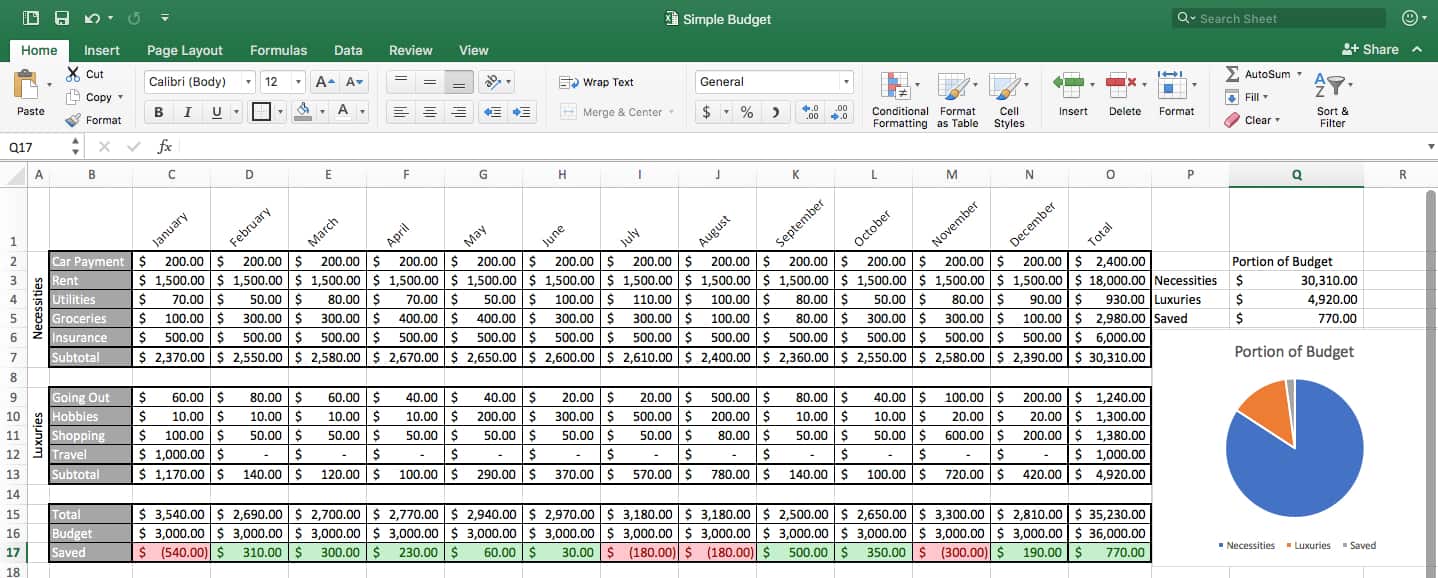



How To Make A Spreadsheet In Excel Word And Google Sheets Smartsheet



No comments:
Post a Comment